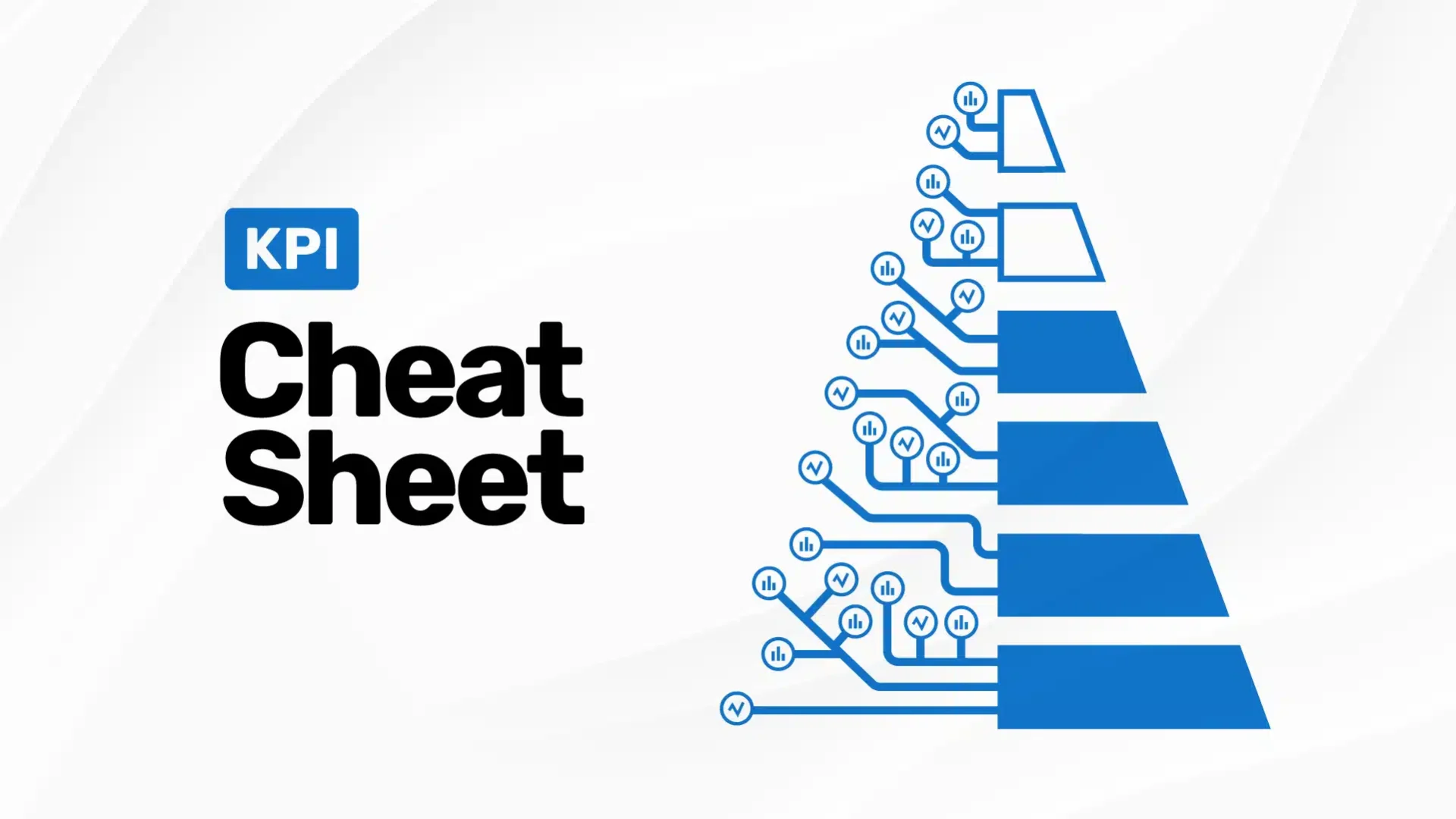How do you measure the performance of your property maintenance activities?
In the realm of property management, the way you handle maintenance is a game-changer. It’s not just about keeping things in order; it’s about ensuring your assets stand the test of time, and residents and investors are happy. Property management companies must juggle providing top-notch maintenance to their residents while closely monitoring maintenance spending.
In the past, the industry has hit roadblocks when accessing the crucial data and insights needed to monitor maintenance performance accurately. Understanding and measuring maintenance key performance indicators, or KPIs, is essential for tracking success and pinpointing areas of improvement. With software like Property Meld, you can follow the efficiency of your maintenance process to make data-driven decisions regarding your procedure. However, before you can use data to drive your business forward, you need to understand what all the metrics mean.
Get our Maintenance KPIs Cheat Sheet
What are the Key Performance Indicators for Property Maintenance?
Regarding property maintenance, several KPIs play a crucial role in gauging the effectiveness and success of your efforts. Here’s a breakdown of some key metrics to keep a close eye on:
1: Repair Speed
– What it Measures: The time it takes to address and resolve maintenance requests.
– Why it Matters: Swift response times contribute to resident satisfaction and prevent minor issues from escalating.
2: Preventive Maintenance Completion Rate:
– What it Measures: The percentage of planned preventive maintenance tasks completed.
– Why it Matters: A high completion rate indicates proactive efforts to prevent equipment breakdowns and potential disruptions.
3: Maintenance Cost per unit:
– What it Measures: The average cost incurred for each maintenance event.
– Why it Matters: Monitoring costs per event aids in budget optimization and expense control.
4: Resident Satisfaction:
– What it Measures: Resident feedback on the quality and timeliness of maintenance services.
– Why it Matters: Happy residents are more likely to stay, reducing turnover and vacancy rates.
5: Work Order Backlog:
– What it Measures: The number of outstanding maintenance requests yet to be addressed.
– Why it Matters: A high backlog may indicate resource or efficiency issues, affecting resident satisfaction and employee burnout.
By regularly tracking and analyzing these key performance indicators, property management teams can gain valuable insights into the efficiency of their maintenance practices, identify areas for improvement, and ultimately enhance the overall living experience for residents.
Understanding Maintenance KPIs
All the maintenance KPIs Property Meld identifies are developed from our Ladder of Maintenance Excellence. A solid grasp of engagement is imperative, as it is essential for advancing to higher stages like scheduling efficiency. The KPI cheat sheet is systematically organized according to their alignment with specific ladder levels. Once you comprehensively understand the essential KPIs related to engagement and consistently achieve or surpass the target metrics, you can focus on scheduling efficiency.
Download our maintenance KPIs cheat sheet to understand better the crucial maintenance metrics you should be tracking.





